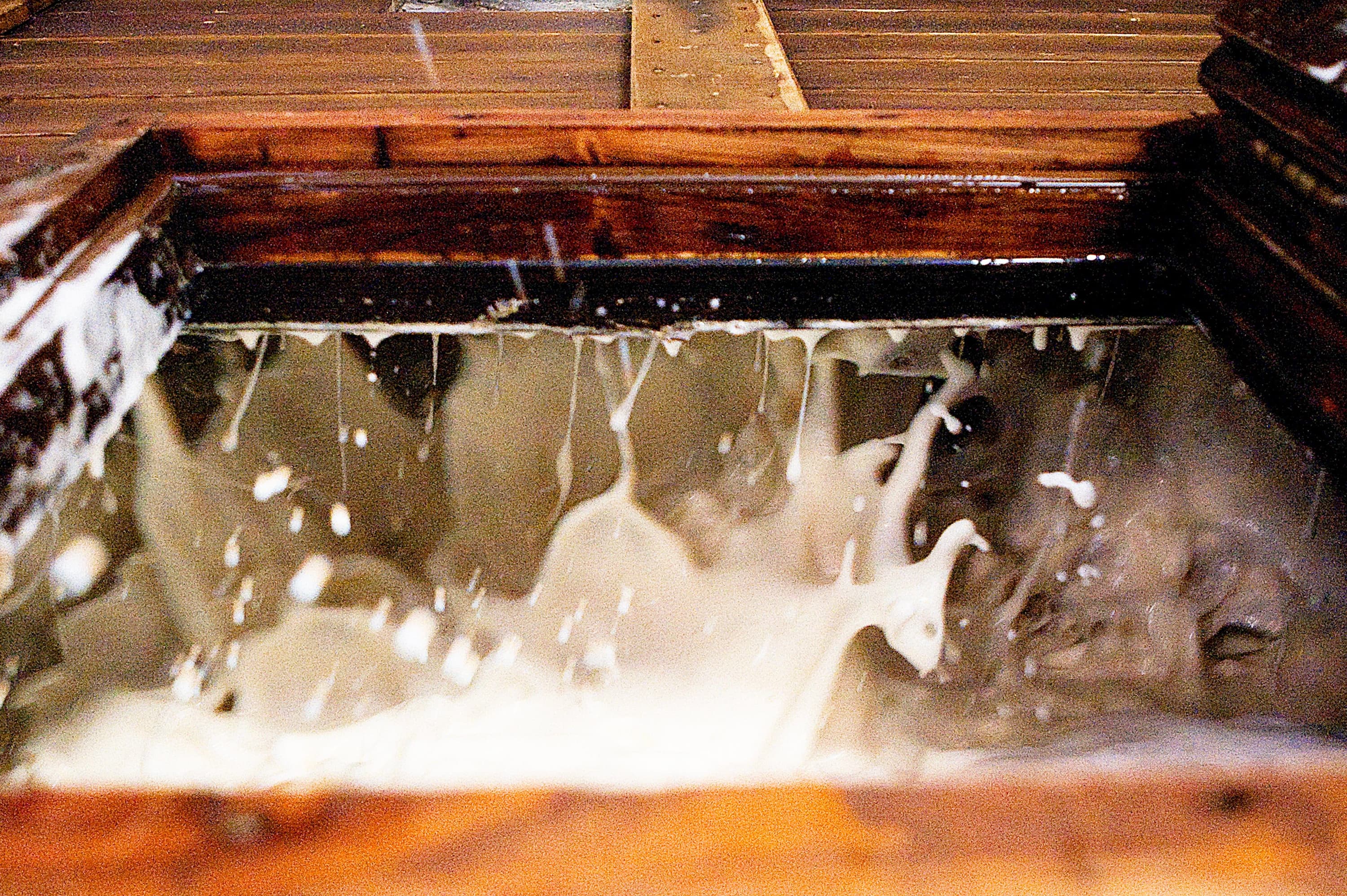A few weeks back we took a deeper dive into wort, and how it can affect the overall flavour of a whisky. Today we dive deeper into the washbacks of flavour and take a look at fermentation and some of the key components of the process. So, come with me, and you’ll be in a world of pure fermentation!
What is fermentation?
Simply put, fermentation in whisky is a process where yeast is added to the sugary liquid known as wort, and eats up all the sugars, converting them to alcohol. At the end, a beer-like liquid called wash or distiller’s beer if formed, with roughly a 7-10 percent ABV. When the wort leaves the mashtun, it is transferred via an underback to the washback. These massive circular vessels are typically made of stainless steel or Oregon pine, but two other woods like Larch and Douglas Fir have been used. During the fermentation process of the yeast converting sugars to make alcohol, it is also producing carbon dioxide and heat. You can see this in play, as the reaction occurs at the top of the washback, giving a bubbly and sometimes foamy performance! But perhaps the most important part of fermentation is the production of esters and congeners (the flavour compounds!), and while this process isn’t necessarily glamorous, it is vitally important to flavour profile.
Yeast
Yeast is key in the whisky production process, and is one of only three ingredients allowed in the creation of Scotch whisky. Many moons ago, all distillers used the same type of yeast, known as DCL M-strain, and it wasn’t until the early 2000’s that The Scotch Whisky Association (SWA) allowed for other strains to be used. Now, there are a variety of strains used such as Mauri, MX, and even wild yeast strains to reflect the sense of place, or terroir of the distillery. Yeast typically arrives at the distillery in either a liquid form or dried form. The liquid form, while reportedly easier to use, dies after a few weeks, where the dried versions can live on for years! Remember, yeast is a living thing, and has a life expectancy too!
Length of time
Another important part of the fermentation process is the length of fermentation time. Each distillery has different preferences, and can alter from short to long depending on the whisky they are making. Shorter fermentation times are typically between 48-60 hours, and longer fermentations go from 60 to sometimes over 100 hours! Shorter fermentations produce of nuttier and cereal like spirit, while longer fermentations produce more ester – fruit like flavours. Longer fermentation times also give opportunity for more congeners to form, resulting in more aromatics and flavour! If you want to do a good side by side of short and long fermentations, I’d recommend Cask 13.85 'Smiling from within' and Cask 93.158 ‘Mechanic strolling by the sea'. Distillery 13 has fermentation times of about 50 hours and Distillery 93 cranks the party up to 70 hours, but even hits the 140-hour mark for some whiskies.
While there are many factors that go into the flavour creation process of Scotch whisky, these are just some key components. Environment of the distillery, temperatures, bacteria (we’ll get into this another time) and the distillation and maturation process all have an effect on the overall outcome. But, the biggest take away from this is that fermentation is an important part of Scotch whisky’s creation, and one I hope you have enjoyed learning about!
Until next time,
Jenna Elie



